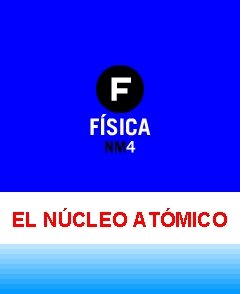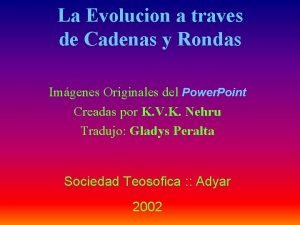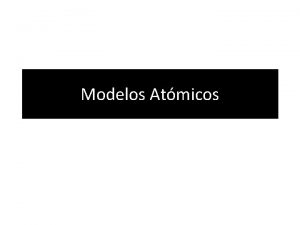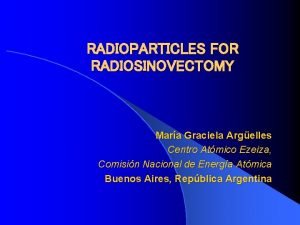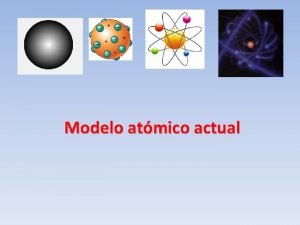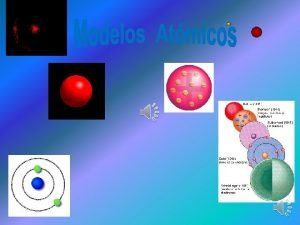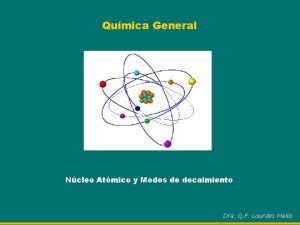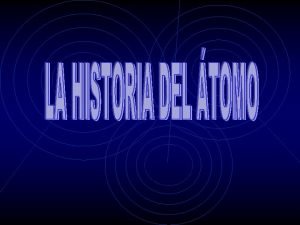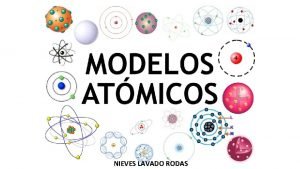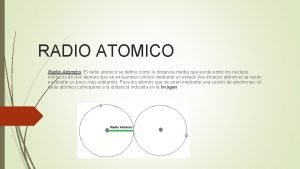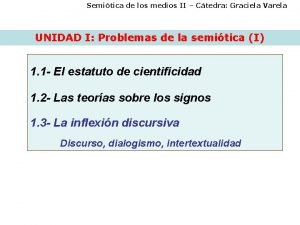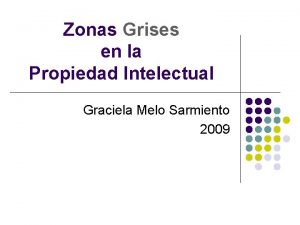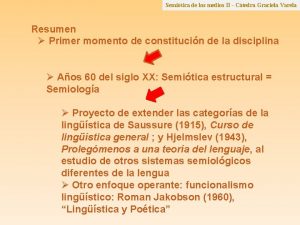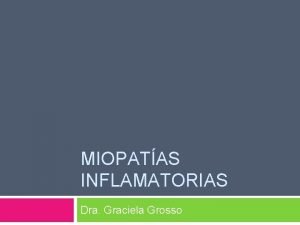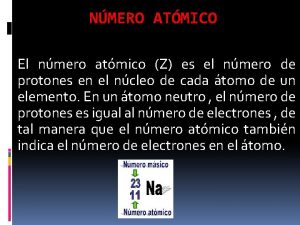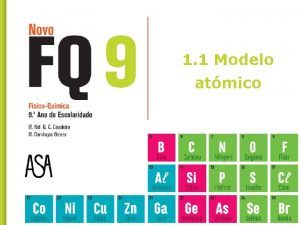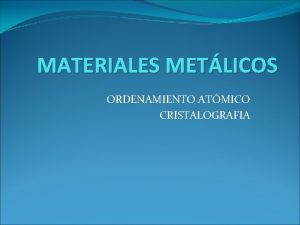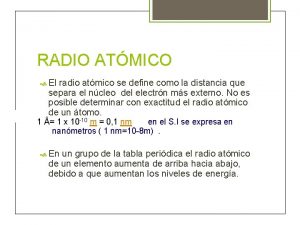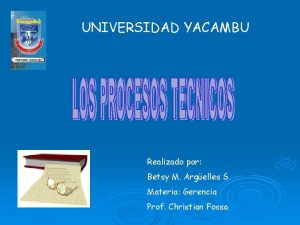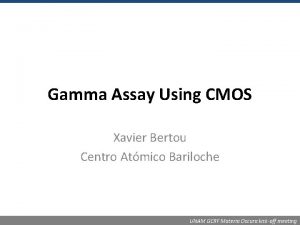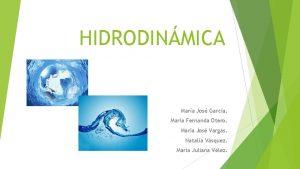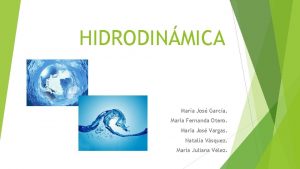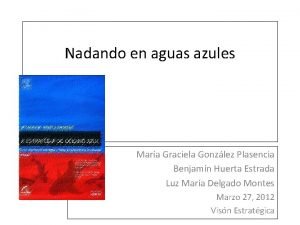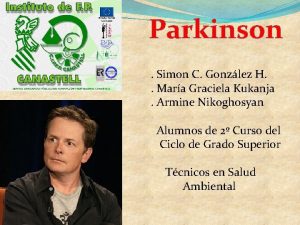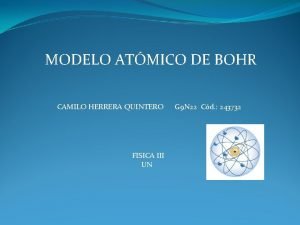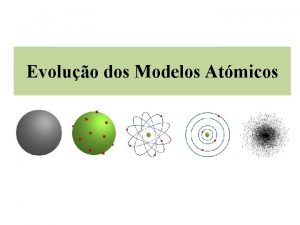RADIOPARTICLES FOR RADIOSINOVECTOMY Mara Graciela Argelles Centro Atmico






![Radionuclides Used for Radiation Synovectomy Radionuclide Half life[days] max. energy [Me. V] tissue penetration Radionuclides Used for Radiation Synovectomy Radionuclide Half life[days] max. energy [Me. V] tissue penetration](https://slidetodoc.com/presentation_image_h/0ff159f4cd163ab0da08483f3c30a74d/image-7.jpg)
























- Slides: 31

RADIOPARTICLES FOR RADIOSINOVECTOMY María Graciela Argüelles Centro Atómico Ezeiza, Comisión Nacional de Energía Atómica Buenos Aires, República Argentina

Rheumatoid arthritis • It is an ubiquitous incapacitating disease that places substantial demands on health care resources. • It affects 1% to 2% of the population worldwide, with a woman -to- man prevalence ratio of 3: 1. • The characteristic disease manifestations of RA are joint pain, swelling and reduced mobility as a result of the synovial tissue inflammation,

Rheumatoid arthritis any synovial joint in the body can be affected by the disease.

Rheumatoid arthritis Pannus can be considered the most destructive element affecting joints in the patient with rheumatoid arthritis. It can attack articular cartilage and destroy it.

Radiosynovectomy • It consists of intra-articular injection of beta-emitting radionuclide in colloidal or particulate form, which comes into contact with synovium. Phagocytic cells absorb some of the injected dose, which is transmitted to the synovium. • If the amount of radioactivity injected is large enough the tissue will be destroyed. Regenerated tissue will be asymptomatic for 2 -5 years. • Compared with surgical synovectomy, the radiation therapy is simpler and less traumatic, hospitalization time is shorter; cost is lower and duration of relief is comparable.

RADIONUCLIDE Ideal radionuclide Pure beta-emitter or beta emitter with minimal gamma emissions. 5 mm < Tissue penetration < 10 mm Short half-life Low cost Chemically pure Non-toxic
![Radionuclides Used for Radiation Synovectomy Radionuclide Half lifedays max energy Me V tissue penetration Radionuclides Used for Radiation Synovectomy Radionuclide Half life[days] max. energy [Me. V] tissue penetration](https://slidetodoc.com/presentation_image_h/0ff159f4cd163ab0da08483f3c30a74d/image-7.jpg)
Radionuclides Used for Radiation Synovectomy Radionuclide Half life[days] max. energy [Me. V] tissue penetration depth [mm] -energy [ke. V] Dy-165 0, 1 1, 29 5, 7 95 Re-188 0, 7 2, 12 / 1, 96 11, 0 155 Ho-166 1, 2 1, 85 / 1, 77 8, 5 81 Sm-153 1, 9 0, 67 / 0, 81 2, 5 103 Au-198 2, 7 0, 96 3, 6 411 Y-90 2, 7 2, 28 11, 0 - Re-186 3, 7 1, 07 / 0, 93 3, 6 137 Lu-177 6, 7 0, 48 1, 7 208 Er-169 9, 4 0, 34 / 0, 35 1, 0 - P-32 14 1, 71 7, 9 -

PARTICULATE CARRIER Ideal particulate carrier It must be taken up by synovial tissue. It must form a stable complex with radionuclide. It must be prepared easily and reproducibly. Non-toxic. Non- allergenic.

Finally, any biologically induced degradation of the agent should ideally release the radionuclide in a chemical form that rapidly egresses from the body.

Experimental Radionuclides production

SAMARIUM-153 PRODUCTION Target material 152 Sm (98. 7 %) nitrate Thermal neutron flux 7. 1013 n/cm 2 s Irradiation time 36 hours Specific activity 5 -10 Gbq/mg

HOLMIUM-166 PRODUCTION Target material 165 Ho (100 %) nitrate Thermal neutron flux 1. 1013 n/cm 2 s Irradiation time 20 hours Specific activity 4 -5 Gbq/mg

Nuclear purity control Multichannel analyzer with HPGe detector. Gamma ray spectrum was identical to published nuclear data.

PARTICLES PREPARATION Albumin microspheres • The microspheres were obtained by heat denaturalization of a human serum albumin (HSA) emulsion in vegetable oil. A 10 % human albumin solution and olive oil were used. • The HSA solution was added, drop by drop, into the olive oil stirring vigorously. • The emulsion was heated up to 140 -160°C for one hour. • The suspension was cooled and diluted with n-hexane. It was filtrated with mesh 200 in order to discard the particles over 75 µm. The supernatant was filtered thorough membrane filter. • The microspheres were rinsed with acetone and dried.

Particles size measurement It was performed using a optical microscope with micrometric ocular.

Size Distribution Of Microspheres

Electronic microscopy photographies

Hydroxyapatite particles Ca(NO 3)2 (NH 4)2 HPO 4 p. H 12 A voluminous precipitate was formed. It was allowed to settle and the supernatant solution was discharged.

Hydroxyapatite particles The precipitate was rinsed with hot water, dried at 150 °C and heated for an hour at 240 °C to remove the ammonium nitrate. By strong heating at 800 °C for an hour, the product becomes largely anhydrous and hardened. The synthesis yield was always greater than 80%.

Size Distribution Of HA Microparticles

Labelling with 153 Sm Labelling was done in two steps: • 153 Sm-citrate was prepared by adding sufficient citric acid to the 153 Sm. Cl 3 solution to give a concentration of 15 mg/ml citric acid in 0, 1 N HCl. • The radioactive solution was added to the particulate suspension (20 mg) stirring continuously (30 min, 37 °C). • Radiolabelled particles were rinsed with saline and separated by centrifugation (5 min at 1000 rpm) and labelling efficiency was determined. • The microspheres were resuspended in 2 ml of saline.

Labelling efficiency The radioactive mixture was transferred to a centrifuge tube using 4 ml of saline to rinse, centrifuged at 1000 rpm for 5 minutes. The supernatant was then transferred to another tube. Measurements of radioactivity were made and labelling efficiency was calculated as percentage of initial activity.

In vitro stability Stability of the labelled particles was studied in normal saline and 1% albumin solution, at 36°C over 48 hours. Albumin microspheres retained less than 80% of the initial activity after 48 h incubation. HA particles retained radiactivity for 6 days. EXTRA-ARTICULAR LEAKAGE Cumulative Leakage * 153 Sm-HA 153 Sm-citrate 3 days n=6 6 days n=6 0. 14+0. 13 37. 2+1. 2 0. 32+0. 20 42. 3+1. 0 * Blood, liver, kidneys, lungs, bone, urine.

PLA particles Ho. Cl 3 Acetylacetone p. H 7 Complex Ho(Ac. Ac)3 Evaporation Technique Complex + PLA Microsparticles X-ray fluorescence and energy dispersive spectrometry were used to determine the presence of Ho in the particles and complex stoichiometry.

PLA particles The particle size distribution of microspheres was determined by electronic microscopy. Its diameter range was 20 µm.

HOLMIUM-166 FERRIC HYDROXIDE MACROAGGREGATES 166 Ho. Cl solution Fe. SO solution 3 4 Coprecipitation 166 Ho(OH)3 / Fe(OH)3 Macroaggregates were washed twice with PVP solution. Particles were resuspended in saline and sterilized. Obtention Efficiency > 90 %.

Quality control • Radiochemical purity: ITLC / SG – EDTA Rf Ho 3+ : 1. 0 Rf particles : 0. 0 • Size: light microscopy serial filtration • In vitro stability: Saline EDTA solution • Pharmacological control : Toxicity Sterility Pyrogenicity

Animal model - Normal New Zealand Rabbits - Rabbits with antigen-induced arthritis • 0 weeks: intradermic injection of ovoalbumin • 3 weeks: intradermic injection of ovoalbumin

Animal model • 6 weeks: intra-articular injection of ovoalbumin • 7 weeks : synovitis symptoms • Intra-articular injection of 166 Ho-FHMA • Gamma camera imaging

Gamma camera images 4 h p. i. Zoom 1. 0 Zoom 4. 0

Gamma camera images 24 h p. i Marker 99 m. Tc Zoom 1. 0 Body scan
 Centro zonal norte centro historico
Centro zonal norte centro historico Masa del neutron
Masa del neutron Plano atomico
Plano atomico Ndice
Ndice Atmico
Atmico Atmico
Atmico Es posible predecir la trayectoria exacta del electrón
Es posible predecir la trayectoria exacta del electrón Modelo atómico de jhon dalton
Modelo atómico de jhon dalton Atmico
Atmico Atmico
Atmico Shatsampathi
Shatsampathi Numero masico
Numero masico Atmico
Atmico Limitaciones de dalton
Limitaciones de dalton Atmico
Atmico Graciela varela castro
Graciela varela castro Graciela melo
Graciela melo Gracielavarelaa
Gracielavarelaa Graciela mauad
Graciela mauad Graciela perera
Graciela perera Graciela grosso
Graciela grosso Graciela rueda
Graciela rueda Graciela de filippis
Graciela de filippis Graciela rodo boulanger
Graciela rodo boulanger Poliespecificidad
Poliespecificidad Graciela lepe uribe
Graciela lepe uribe Miopatia por corticoides
Miopatia por corticoides Irina graciela cervantes bravo
Irina graciela cervantes bravo Graciela grosso
Graciela grosso Skapa med geometriska former
Skapa med geometriska former Bästa kameran för astrofoto
Bästa kameran för astrofoto Roliga rim till lärare
Roliga rim till lärare

